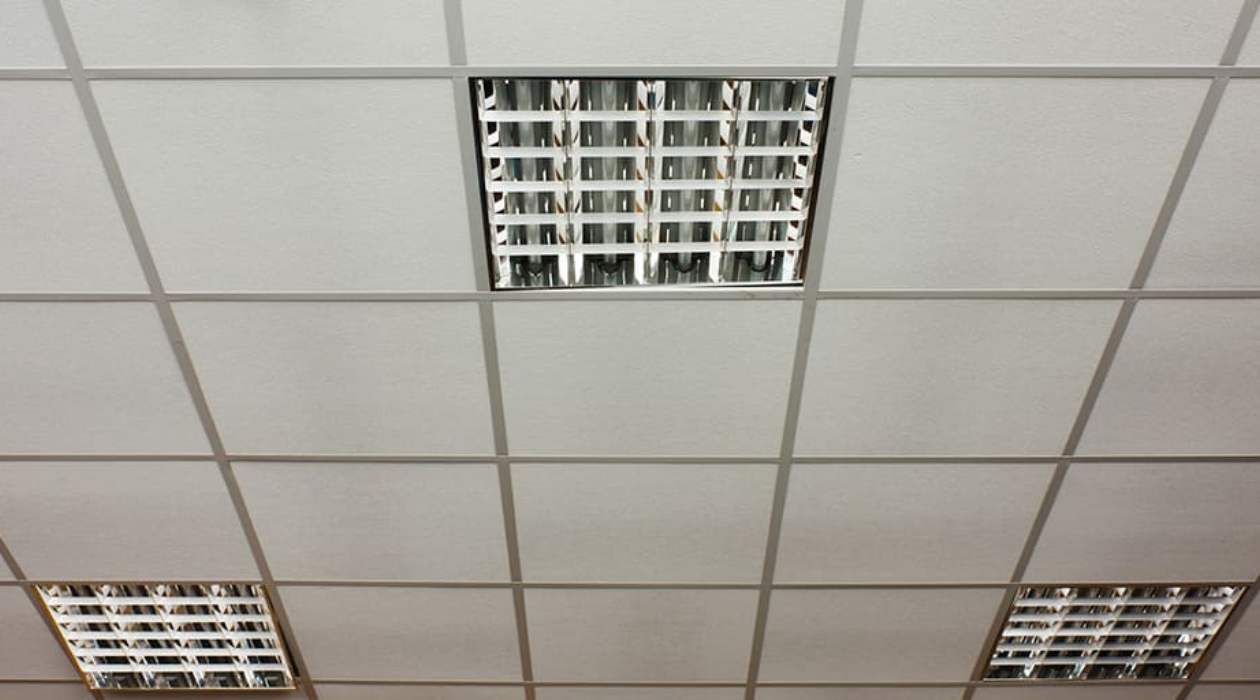

Articles
How To Remove Asbestos Ceiling Tile
Modified: December 7, 2023
Learn how to safely remove asbestos ceiling tiles with our informative articles. Discover effective methods and precautions to ensure a healthy environment.
(Many of the links in this article redirect to a specific reviewed product. Your purchase of these products through affiliate links helps to generate commission for Storables.com, at no extra cost. Learn more)
Introduction
When it comes to home renovations and remodeling, one important aspect to consider is the presence of asbestos in building materials, such as ceiling tiles. Asbestos, a silicate mineral known for its heat resistance and durability, was commonly used in the construction industry until its hazardous health effects were discovered. Asbestos ceiling tiles, in particular, can pose a significant risk to human health if not handled properly.
In this article, we will explore the dangers associated with asbestos ceiling tiles, as well as provide a step-by-step guide on how to safely remove them. We will also discuss the importance of taking safety precautions and the option of seeking professional help for this task. Lastly, we will touch upon the proper disposal of asbestos materials to ensure the safety of yourself and others.
Key Takeaways:
- Safely removing asbestos ceiling tiles requires caution and proper gear. Consider professional help for efficient and safe removal, disposal, and compliance with regulations to protect yourself and the environment.
- Prioritize safety when removing asbestos ceiling tiles. Seek professional assistance for expertise, proper equipment, and peace of mind. Follow local regulations for disposal to prevent health risks and environmental contamination.
Read more: How To Tell If Ceiling Tiles Are Asbestos
Understanding Asbestos Ceiling Tiles
Asbestos ceiling tiles were a popular choice for building construction due to their fire-resistance and sound-absorbing properties. These tiles were commonly used in residential and commercial buildings from the 1940s to the 1980s. However, the use of asbestos in building materials declined significantly when the health risks associated with asbestos exposure became widely known.
Asbestos ceiling tiles typically contain a mixture of asbestos fibers, binders, and fillers. The asbestos fibers are woven into the tile material, making them durable and resistant to heat. The danger lies in the fact that asbestos fibers can become friable, meaning they can easily break down into microscopic particles and become airborne. When these particles are inhaled, they can lodge themselves in the lungs, causing a range of serious health issues.
The most common health hazard associated with asbestos exposure is the development of respiratory diseases, such as asbestosis, lung cancer, and mesothelioma. These diseases often have a long latency period, meaning symptoms may not appear until many years later, making early detection and prevention crucial.
It is important to note that not all ceiling tiles contain asbestos. Asbestos ceiling tiles can be identified by their composition and age. If your home or building was constructed before the 1990s, it is more likely that the ceiling tiles contain asbestos. However, it is always recommended to have a professional asbestos inspection conducted to accurately determine the presence of asbestos in your ceiling tiles.
If you suspect that your ceiling tiles contain asbestos, it is essential to proceed with caution and take appropriate measures to ensure your safety and the safety of others. The next section will guide you through the steps of removing asbestos ceiling tiles safely and efficiently.
Steps to Remove Asbestos Ceiling Tiles
Removing asbestos ceiling tiles should be approached with extreme caution to minimize asbestos exposure. It is highly recommended to hire a professional asbestos abatement company for this task. However, if you choose to remove the tiles yourself, follow these steps carefully:
- Prepare the area: Before starting the removal process, make sure to clear the room of any furniture, cover the floor and walls with plastic sheeting, and seal off access to the area to prevent the spread of asbestos fibers.
- Wear appropriate protective gear: Asbestos fibers are hazardous when inhaled. It is crucial to wear personal protective equipment (PPE) such as a disposable coverall, gloves, goggles, and an N95 respirator mask to protect yourself from exposure.
- Dampen the tiles: Spraying the tiles with a mixture of water and a few drops of dish soap will help reduce the release of asbestos fibers into the air. Avoid using excessive water, as it may damage the ceiling and create a messy cleanup.
- Remove the tiles: Carefully pry off each tile using a putty knife or scraper. Take your time to avoid breaking the tiles, as this can release asbestos fibers. Place the removed tiles into a labeled, sealed bag or container for proper disposal.
- Clean up the area: Thoroughly clean the entire area using damp rags or disposable wet wipes to ensure all asbestos fibers are removed from surfaces. Avoid using a vacuum cleaner, as it can spread fibers into the air.
- Dispose of the materials: Contact your local environmental or health department to inquire about the appropriate disposal method for asbestos-containing materials. Follow their guidelines to ensure safe disposal and prevent environmental contamination.
Remember, if you are unsure about any aspect of the asbestos removal process, it is best to consult with a professional who specializes in asbestos abatement. They have the necessary expertise and equipment to safely handle and dispose of asbestos materials.
Safety Precautions
When it comes to working with asbestos ceiling tiles, safety should be your top priority. Adhering to proper safety precautions will help minimize the risk of asbestos exposure. Here are some essential safety guidelines to follow:
- Wear appropriate protective gear: Before starting any removal work, ensure you are wearing the necessary personal protective equipment (PPE), including a disposable coverall, gloves, goggles, and a high-efficiency particulate air (HEPA) respirator mask. These items will help prevent the inhalation or contact of asbestos fibers.
- Seal off the work area: It is crucial to isolate the work area by sealing off all entrances with plastic sheeting. This will prevent asbestos fibers from spreading to other parts of the building and ensure that the fibers are contained.
- Keep the tiles wet: By dampening the ceiling tiles before removal, you can help prevent the release of asbestos fibers into the air. Adding a few drops of dish soap to the water will help the moisture penetrate the tiles more effectively.
- Avoid unnecessary breakage: Be careful when removing the tiles to minimize breakage. Breaking the tiles can release a larger number of asbestos fibers into the air, increasing the risk of exposure. Take your time and use gentle, controlled movements.
- Properly dispose of asbestos materials: Asbestos-containing materials should be sealed tightly in labeled and double-bagged plastic bags or containers. Contact your local environmental or health department to find out about the regulations and guidelines for asbestos disposal in your area.
- Clean up thoroughly: After the tiles have been removed, thoroughly clean the work area using damp rags or disposable wet wipes. Avoid using a vacuum cleaner, as this can release asbestos fibers into the air. Dispose of the cleaning materials as asbestos waste.
Remember, it is strongly advised to hire a professional asbestos abatement company to handle the removal of asbestos ceiling tiles. They have the expertise, experience, and equipment to ensure proper containment, removal, and disposal of asbestos materials while minimizing the risk to you and your surroundings.
When removing asbestos ceiling tiles, it is important to wear protective gear such as a mask and gloves to prevent inhalation and skin contact. It is also crucial to wet the tiles before removal to minimize the release of asbestos fibers. Dispose of the tiles properly according to local regulations.
Looking for Professional Help
While it is possible to remove asbestos ceiling tiles yourself, it is always recommended to seek professional help. Hiring an experienced asbestos abatement company ensures the safe and proper handling of asbestos-containing materials. Here are some reasons why you should consider professional assistance:
- Expertise and experience: Professional asbestos abatement companies have the necessary knowledge and training to identify, handle, and remove asbestos materials safely. They are well-versed in asbestos regulations and guidelines, ensuring compliance with local laws and regulations.
- Proper equipment and techniques: These companies utilize specialized tools, equipment, and procedures to minimize asbestos exposure. They have access to HEPA-filtered vacuums, containment units, and personal protective equipment that ordinary homeowners may not have.
- Efficient and thorough removal: Professional abatement services can efficiently and effectively remove asbestos ceiling tiles while minimizing the disruption to your home or property. They have the experience to handle unexpected situations or complications that may arise during the removal process.
- Compliance with regulations: Asbestos removal must be conducted in accordance with strict government regulations to ensure the safety of workers and the community. Professional asbestos abatement companies understand and follow these regulations to avoid any legal issues or fines.
- Peace of mind: By hiring professionals, you can have peace of mind knowing that the asbestos removal process is being handled by trained experts. They will take the necessary precautions to protect your health, the health of others, and the environment.
When selecting an asbestos abatement company, it is important to choose a reputable and licensed contractor. Research and ask for recommendations from trusted sources, and verify their credentials and certifications. Request a detailed estimate and ask about their previous experience in asbestos removal.
Remember, the health risks associated with asbestos exposure are serious, and proper removal and disposal of asbestos ceiling tiles require knowledge and expertise. If in doubt, it is always better to rely on professionals to ensure the safety of yourself, your family, and your property.
Read more: How To Remove Asbestos Tile Floor
Disposal of Asbestos Materials
Proper disposal of asbestos materials is crucial to protect human health and the environment. Asbestos waste should never be thrown in regular trash bins or disposed of without following specific guidelines. Here are some important steps to consider when disposing of asbestos materials:
- Consult local regulations: Before starting the removal process, contact your local environmental or health department to understand the specific regulations and guidelines for asbestos disposal in your area. These regulations can vary, so it is important to follow them to ensure proper handling and disposal.
- Double-bagging and labeling: Asbestos materials should be double-bagged in thick plastic bags, such as 6-mil polyethylene bags, to prevent the release of asbestos fibers. Properly seal the bags and clearly label them as “Asbestos Waste” or “Contains Asbestos” for easy identification.
- Preventing damage: It is important to handle asbestos waste with care to minimize the risk of fiber release. Avoid dropping or breaking the bags and containers while handling and transporting them to the designated disposal facility.
- Disposal options: Depending on your location, there may be specific disposal facilities designated for asbestos waste. Contact your local environmental or health department for a list of approved facilities. They can provide guidance on the preferred disposal method, whether it is through direct drop-off at a facility or arranging for a professional asbestos disposal service.
- Transportation safety: If you are transporting asbestos waste yourself, make sure to securely pack and cover the bags or containers to prevent any accidental release of fibers. Follow local regulations regarding transportation and disposal, such as using specialized vehicles or obtaining permits if required.
- Professional disposal services: If you have hired a professional asbestos abatement company, they will handle the proper disposal of asbestos materials as part of their service. Ensure that they have the necessary permits and certifications to legally dispose of asbestos waste, and request documentation for your records.
Disposing of asbestos materials should always be done in accordance with local regulations to protect yourself, the environment, and others. It is important to remember that improper disposal can result in serious health risks and potential legal consequences. By following these guidelines and seeking guidance from local authorities, you can ensure the safe and responsible disposal of asbestos materials.
Conclusion
Asbestos ceiling tiles pose a significant health risk if not handled properly. It is crucial to be aware of the presence of asbestos in older buildings and to take appropriate steps to ensure the safety of yourself and others when removing these tiles. Whether you choose to remove them yourself or hire a professional asbestos abatement company, following safety precautions is paramount.
Understanding the dangers of asbestos exposure and the importance of proper removal techniques is vital. By wearing appropriate protective gear, sealing off the work area, and dampening the tiles, you can minimize the release of asbestos fibers into the air. Taking these precautions will help protect against respiratory diseases, such as asbestosis, lung cancer, and mesothelioma, which are associated with asbestos exposure.
While DIY asbestos removal can be possible, it is highly recommended to seek professional help. Asbestos abatement companies have the expertise, experience, and equipment to handle asbestos materials safely and to ensure compliance with regulations. They can efficiently remove asbestos ceiling tiles while minimizing the risk of exposure, giving you peace of mind.
When it comes to disposing of asbestos materials, always follow local regulations. Double-bag the asbestos waste, label it appropriately, and contact the proper authorities to identify approved disposal facilities or professional disposal services. Proper disposal is crucial to prevent the release of asbestos fibers and protect the environment.
Remember, the health risks associated with asbestos exposure are serious and should not be taken lightly. If you suspect the presence of asbestos in your ceiling tiles, it is always best to err on the side of caution and consult with professionals. By prioritizing safety, following proper procedures, and seeking expert advice when needed, you can effectively remove asbestos ceiling tiles and ensure the well-being of yourself and those around you.
Frequently Asked Questions about How To Remove Asbestos Ceiling Tile
Was this page helpful?
At Storables.com, we guarantee accurate and reliable information. Our content, validated by Expert Board Contributors, is crafted following stringent Editorial Policies. We're committed to providing you with well-researched, expert-backed insights for all your informational needs.
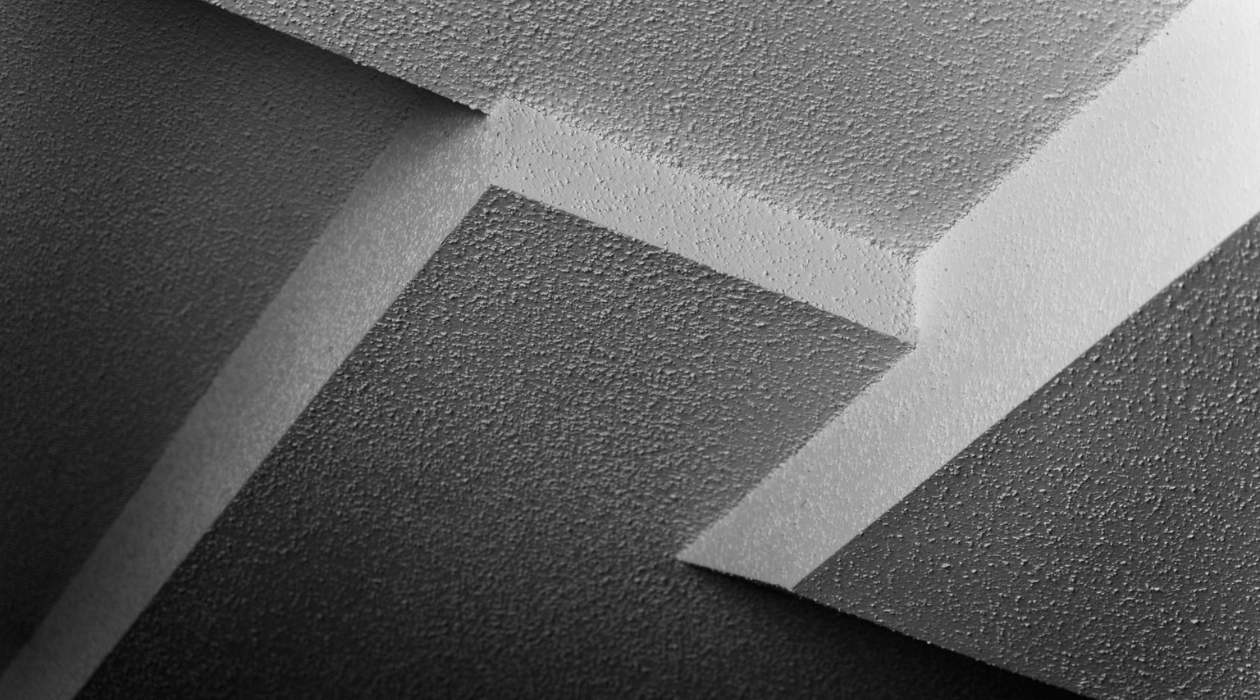
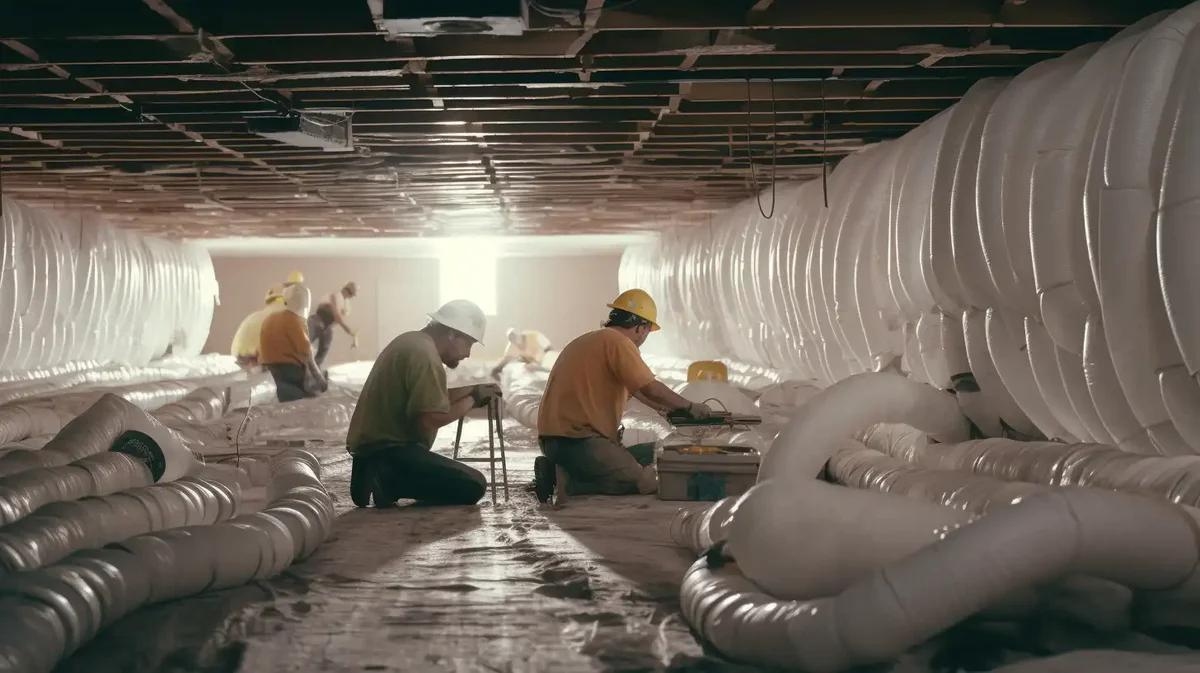
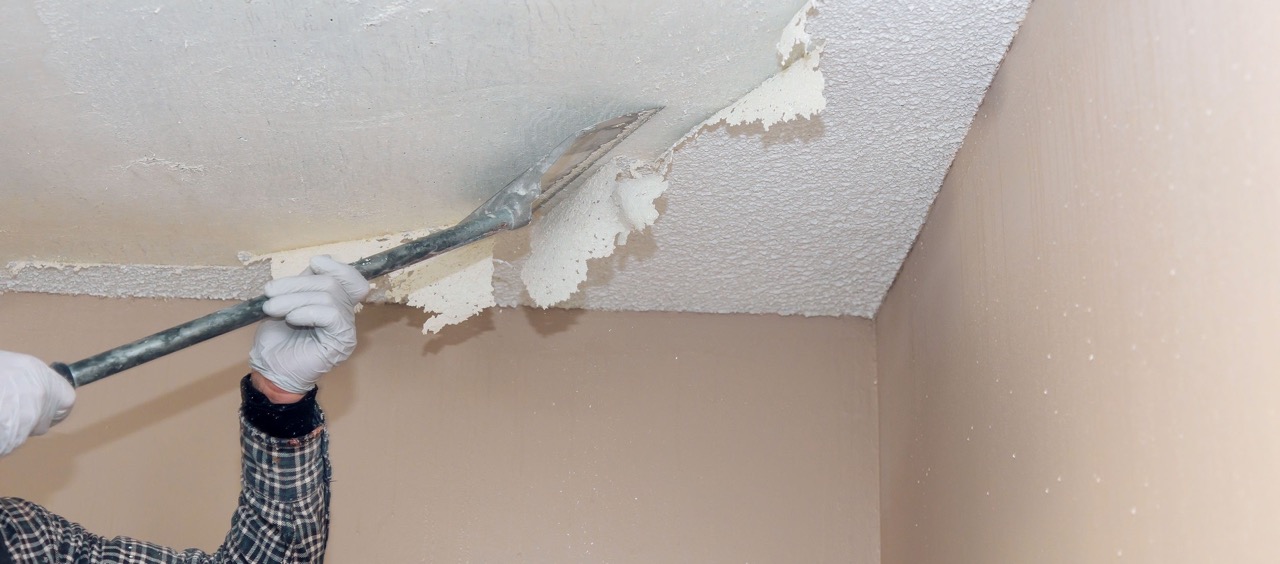
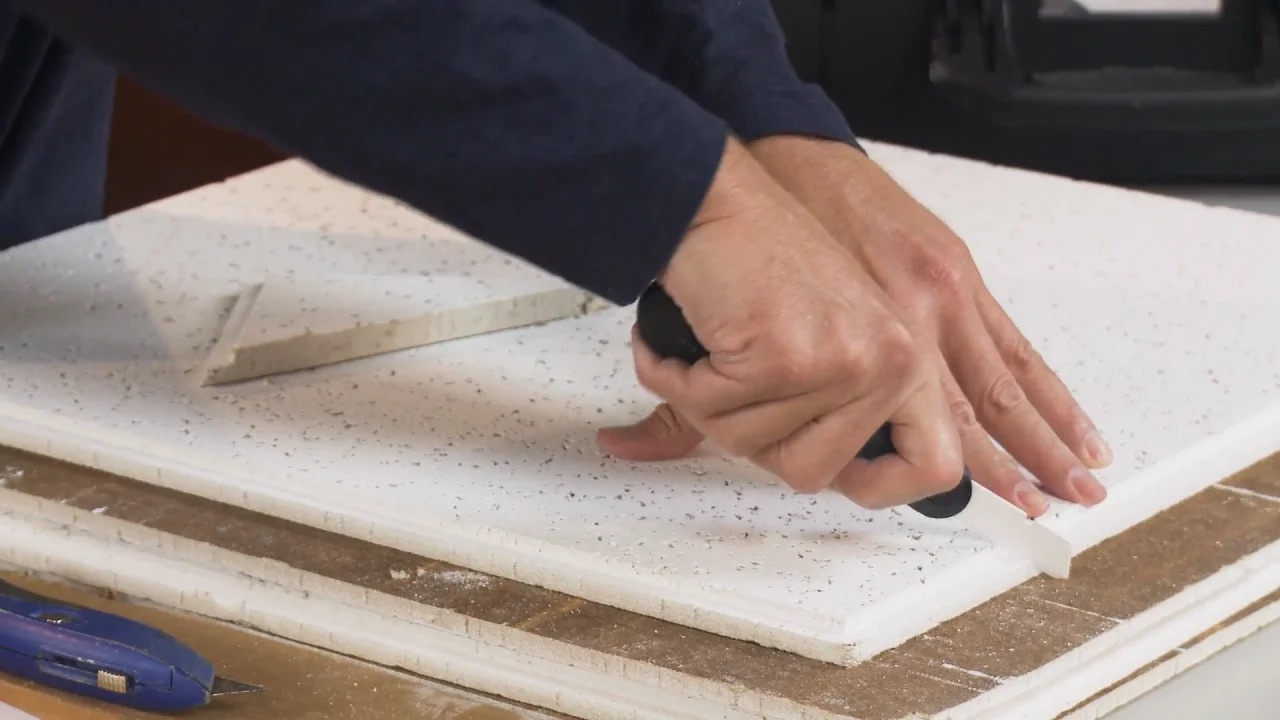
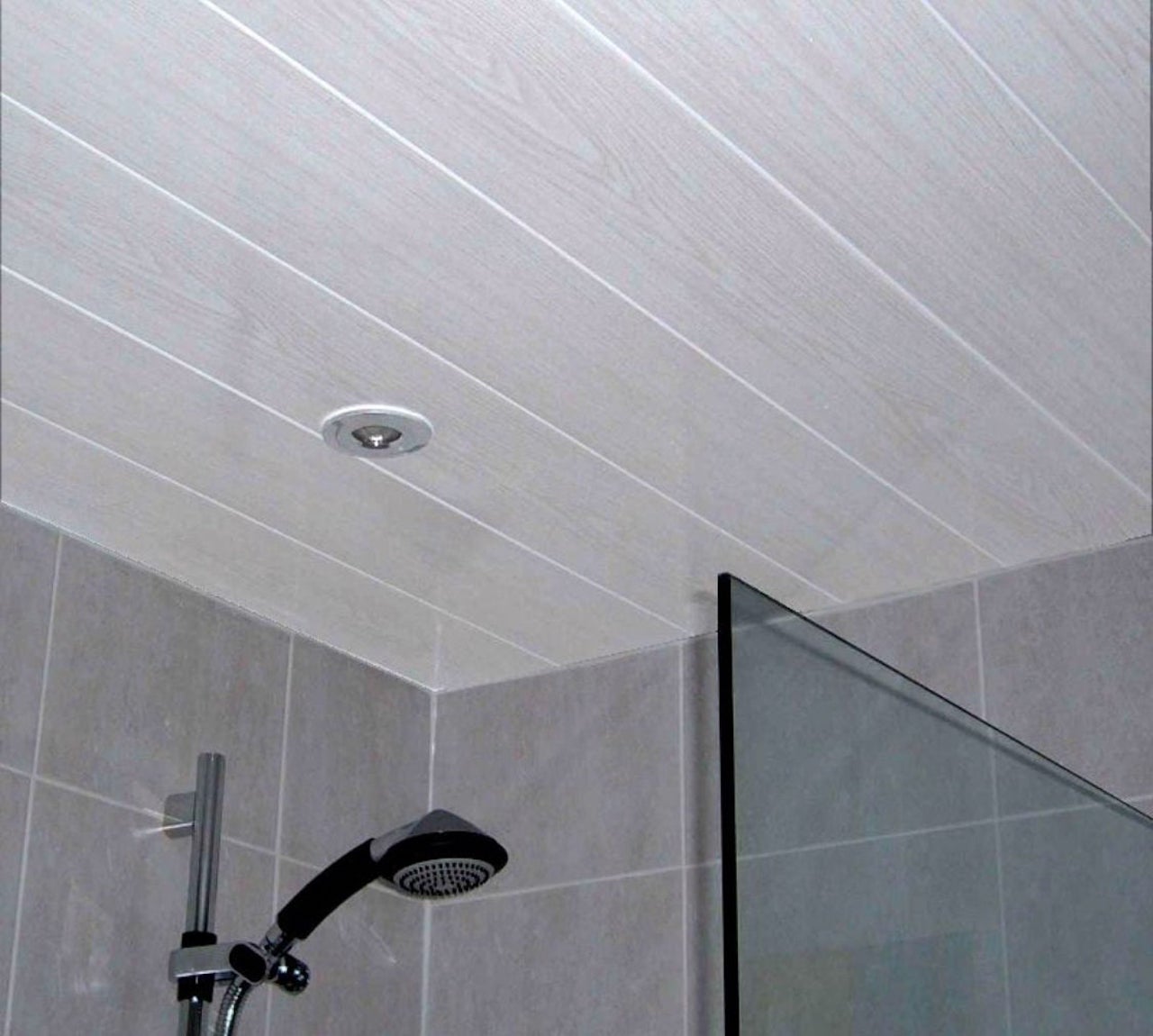
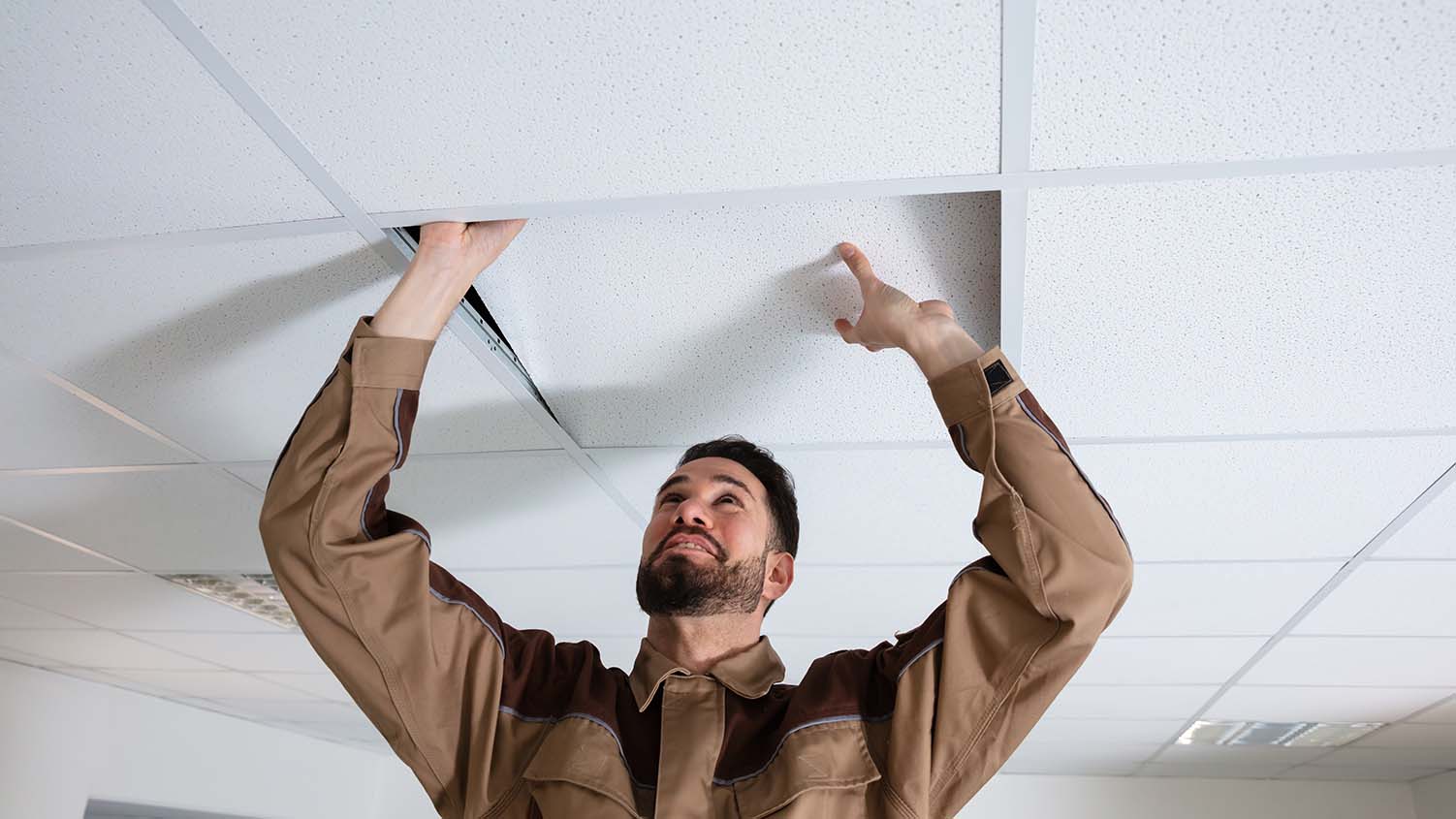
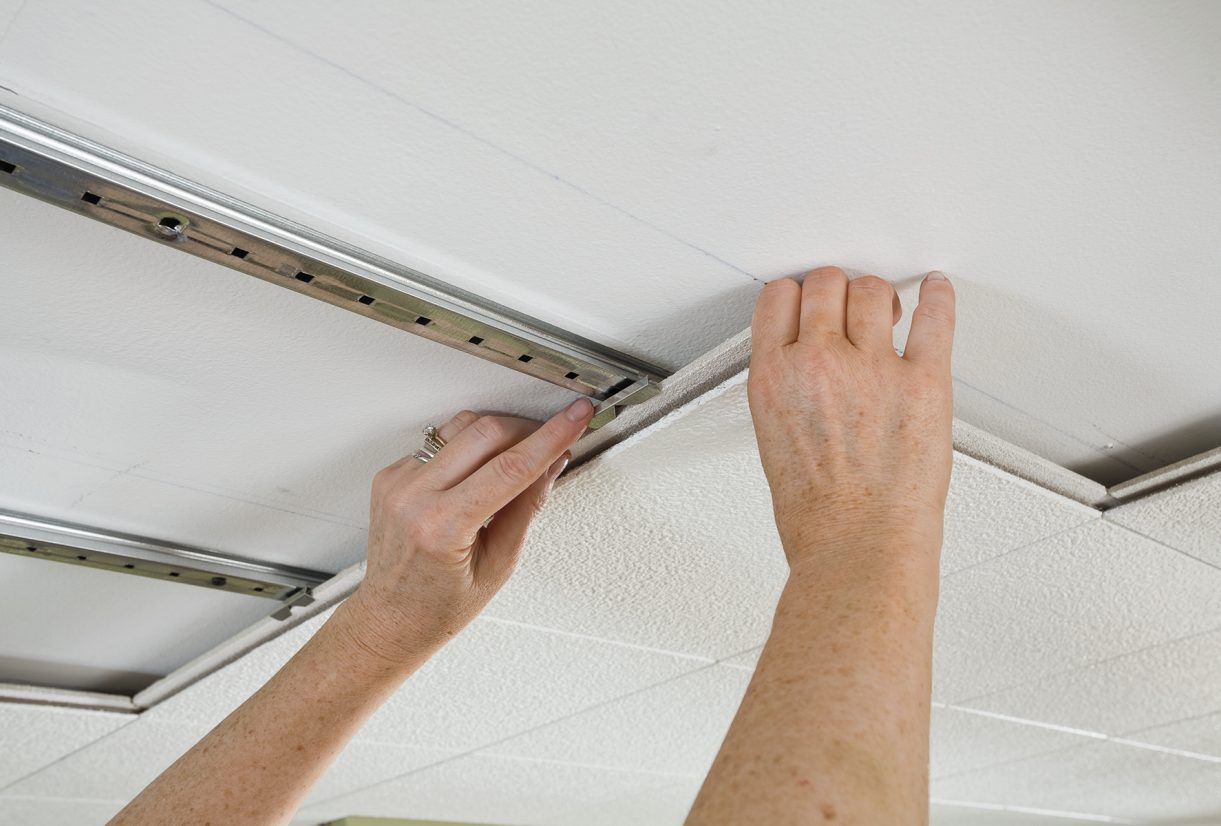
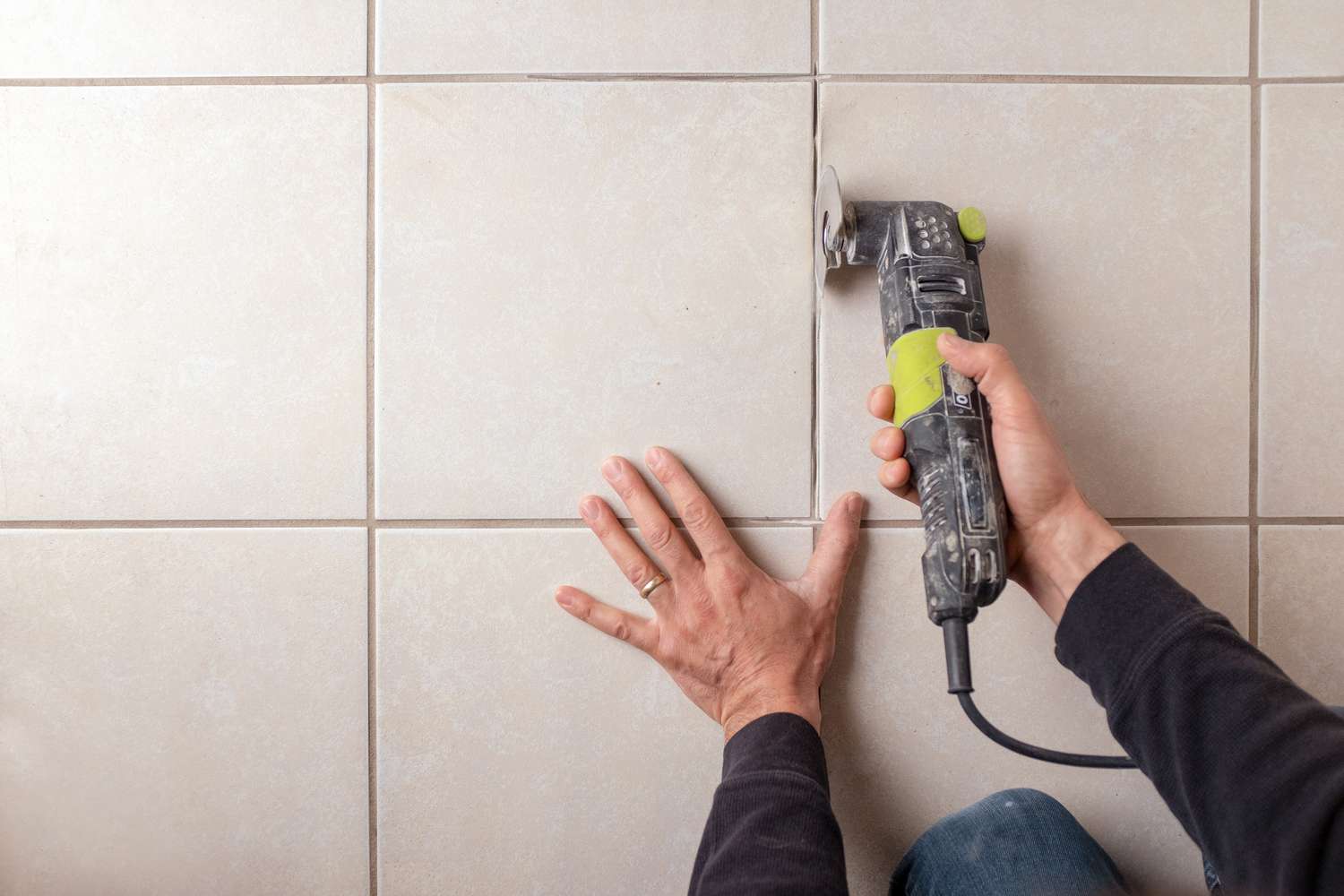
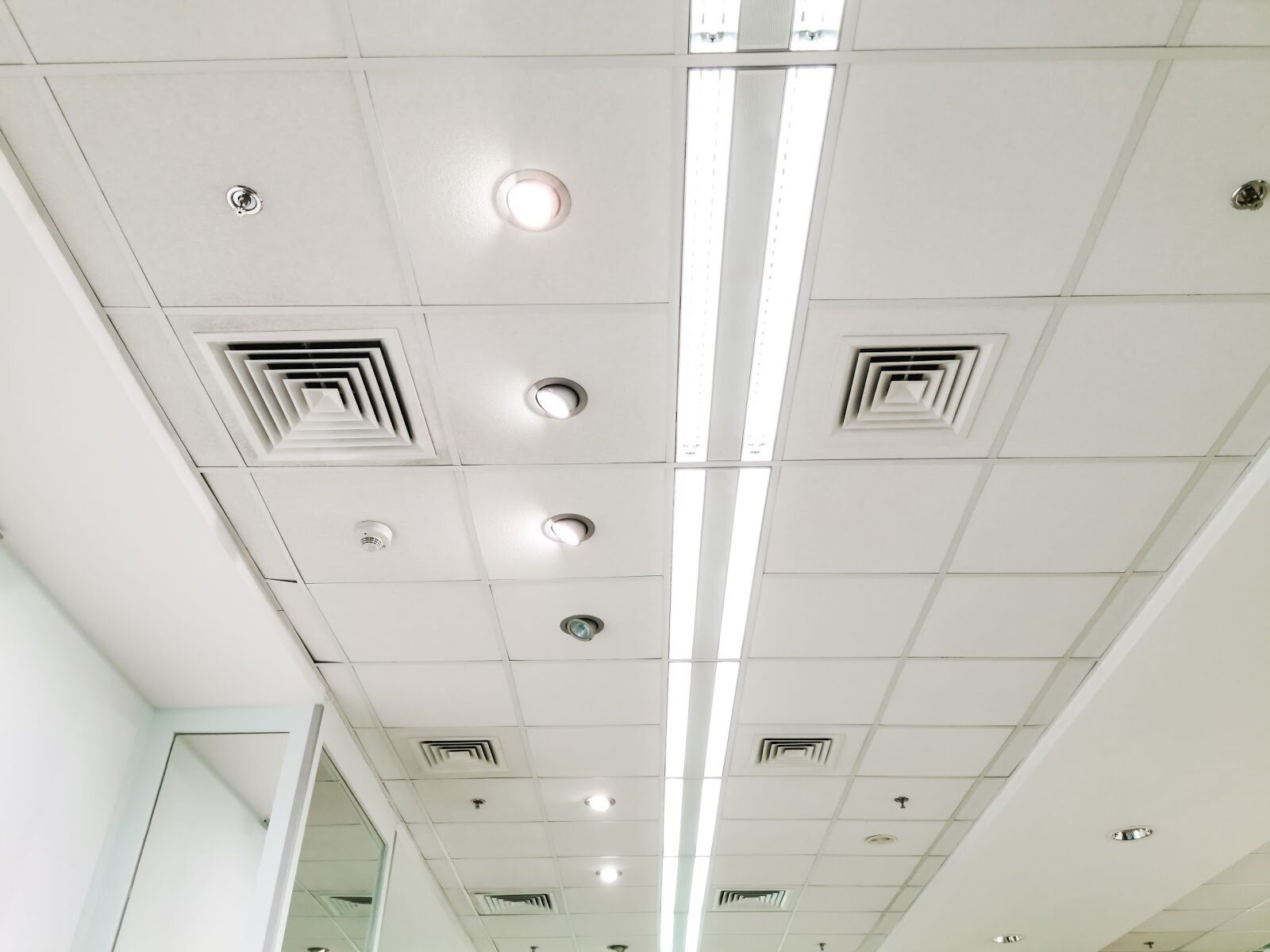
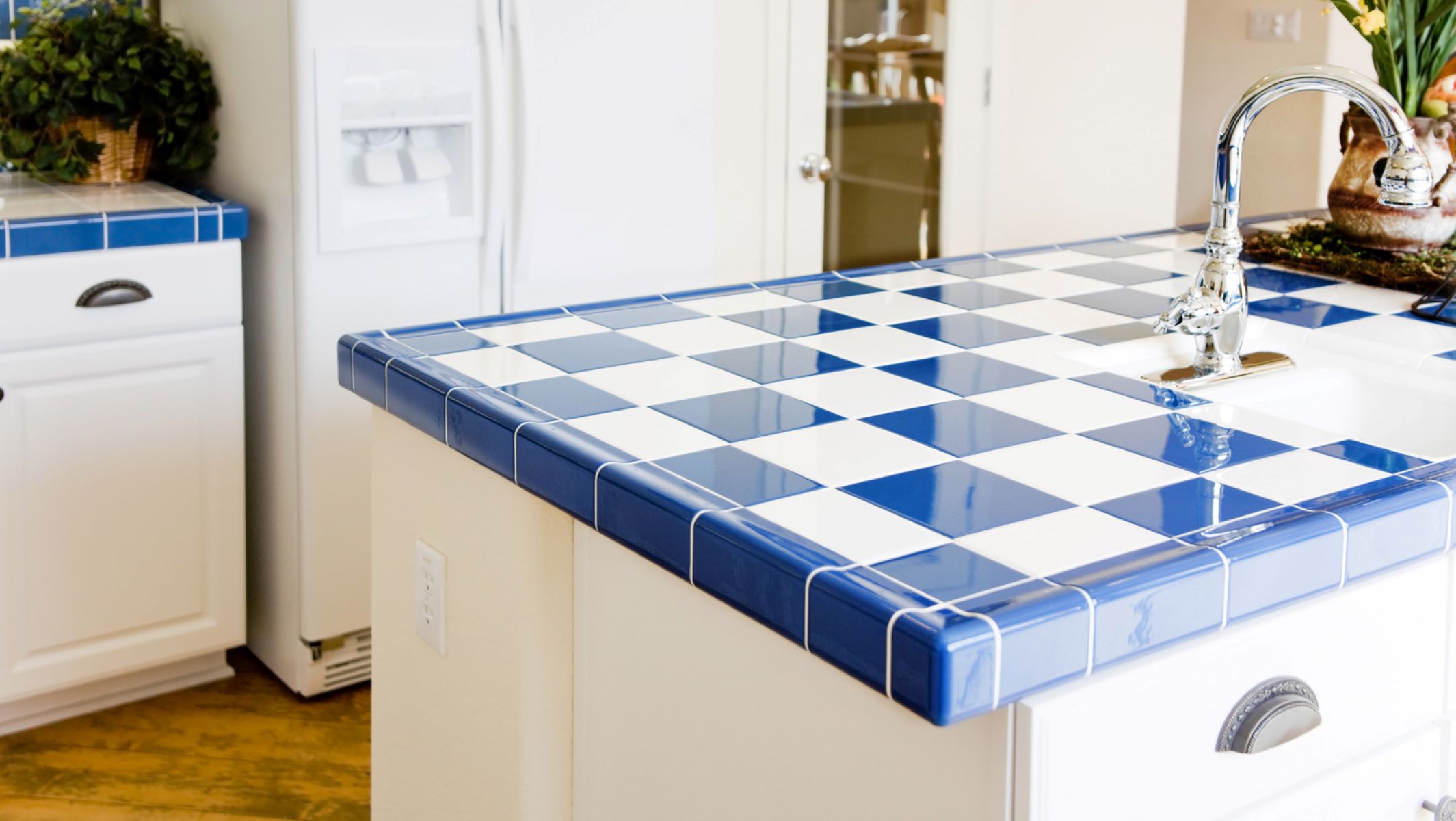
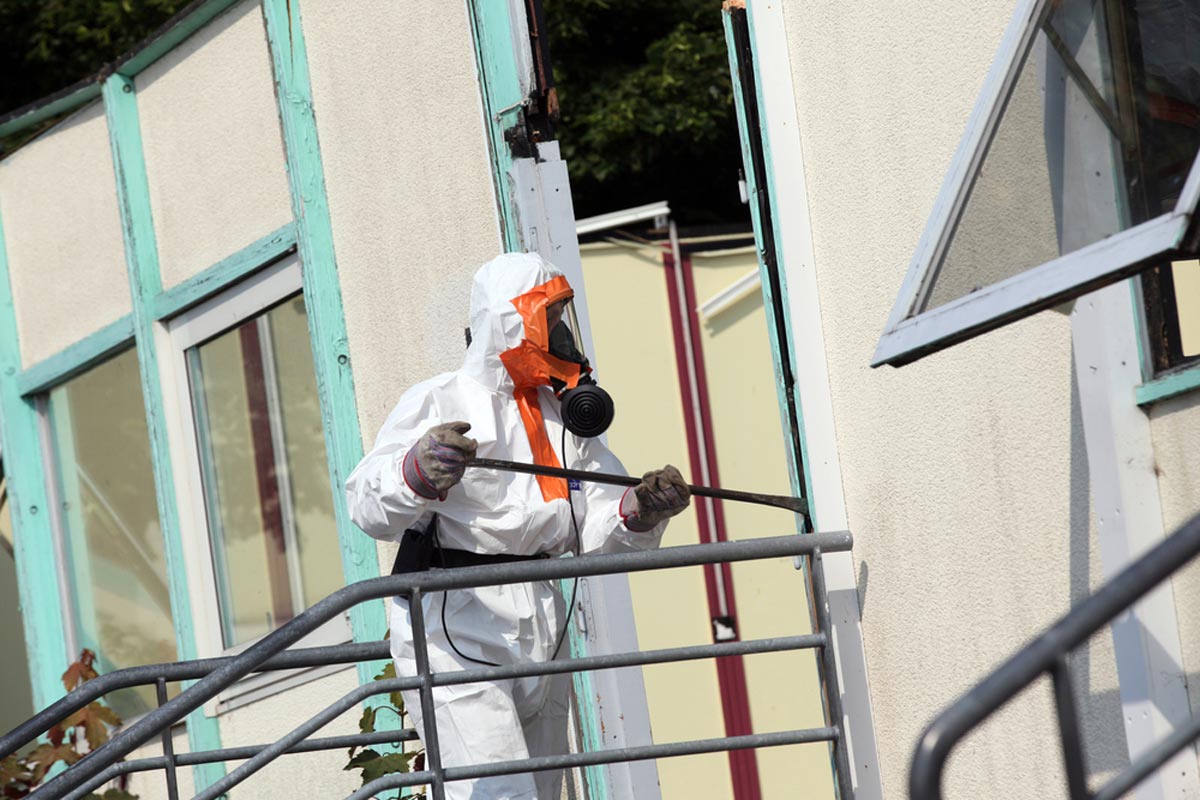
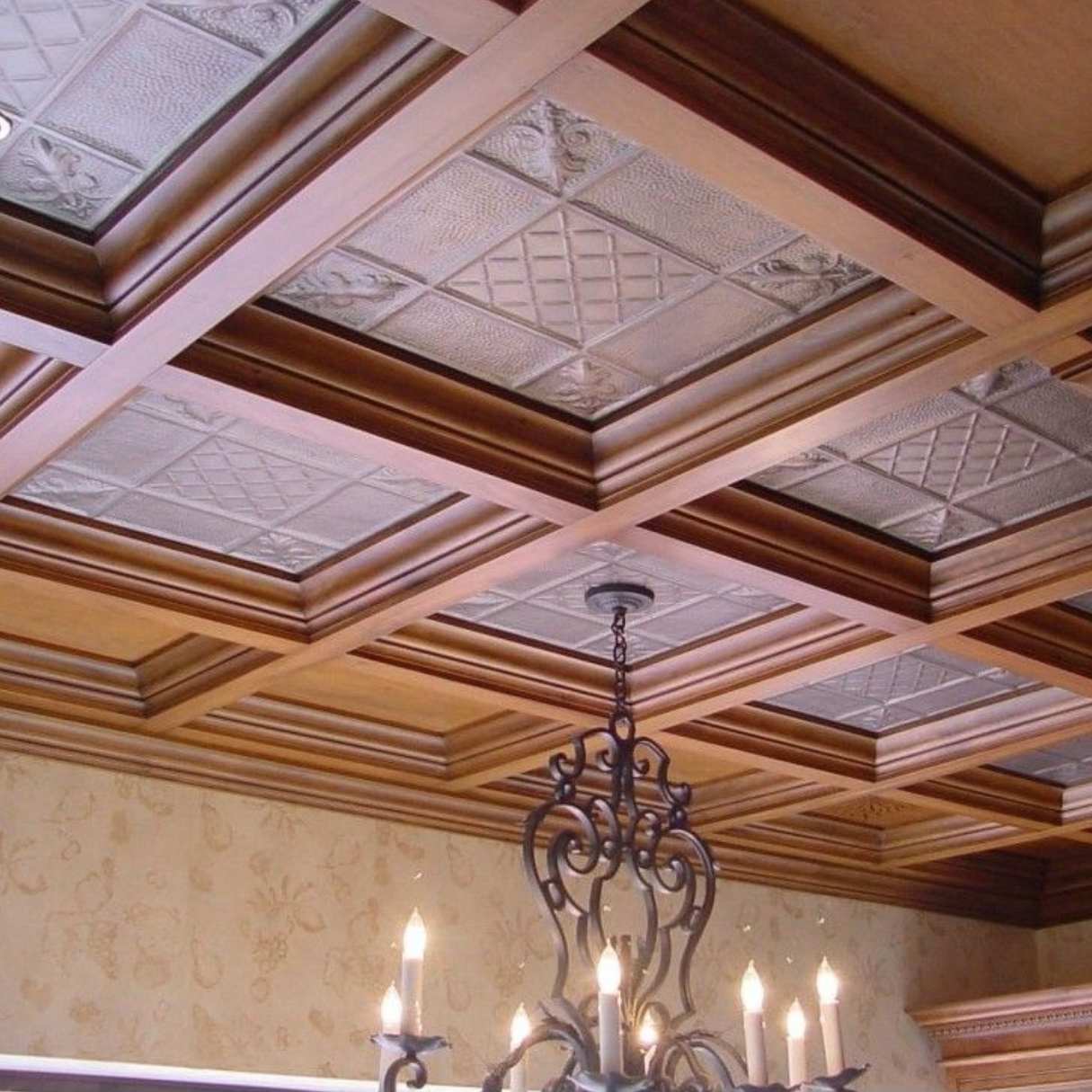
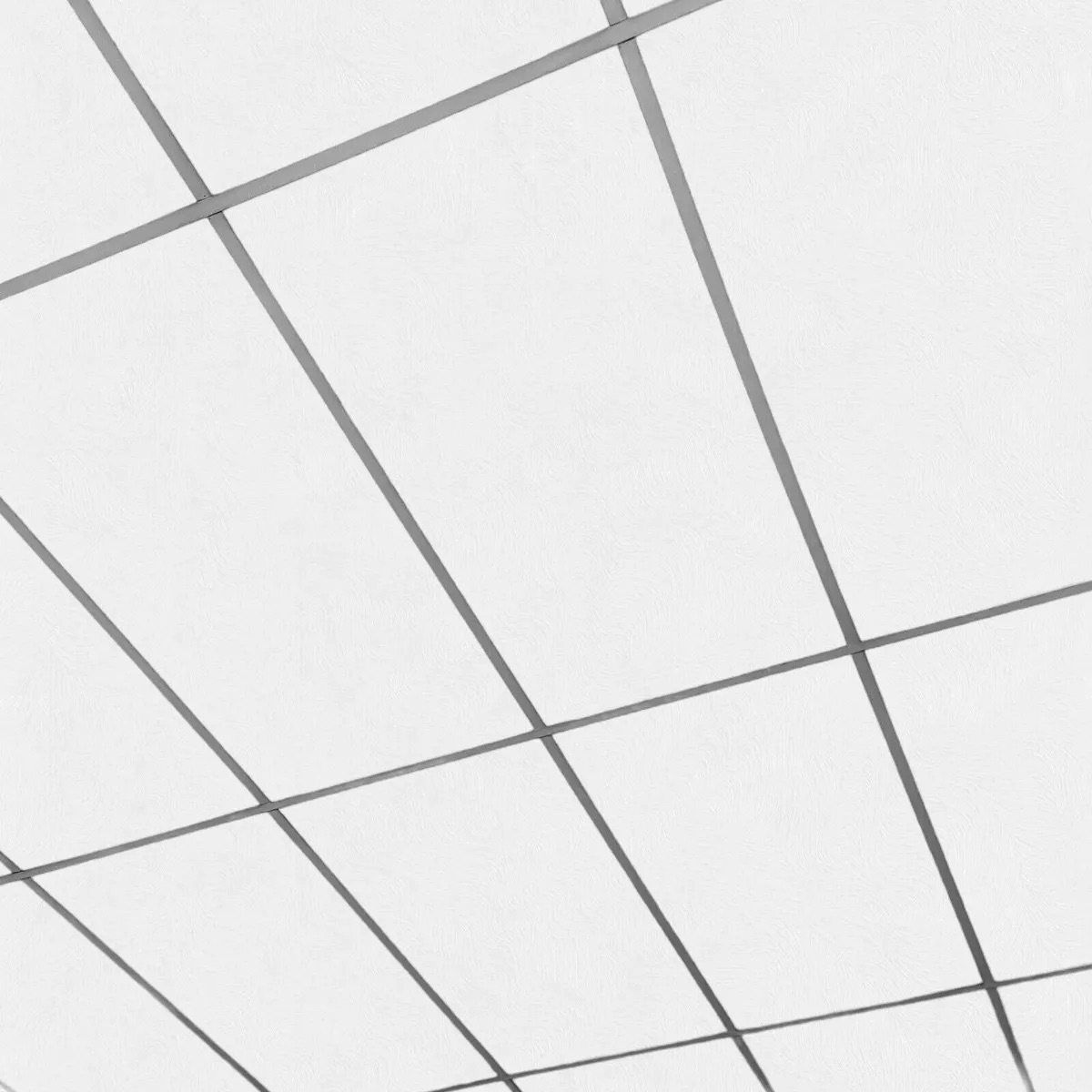
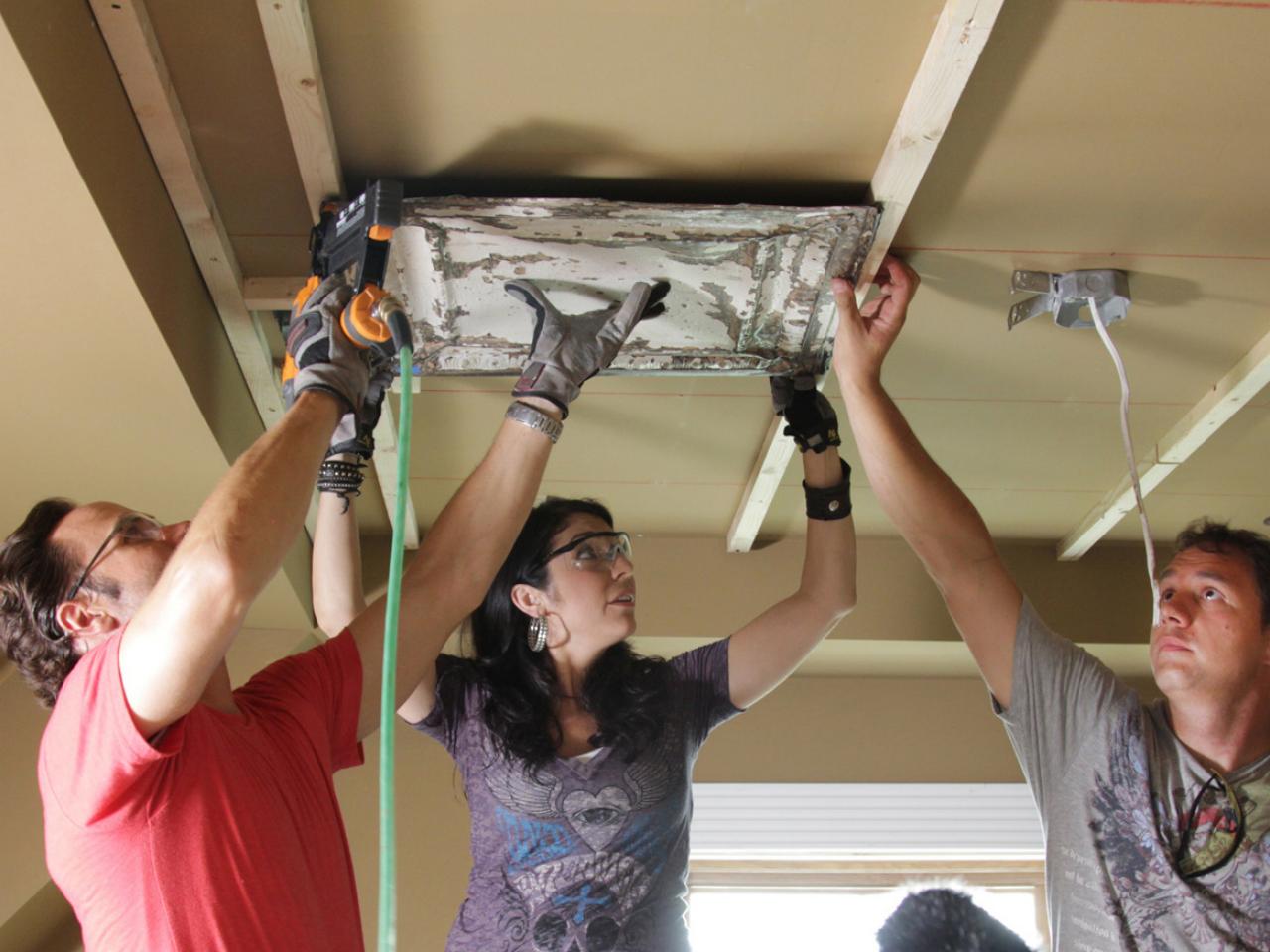

0 thoughts on “How To Remove Asbestos Ceiling Tile”